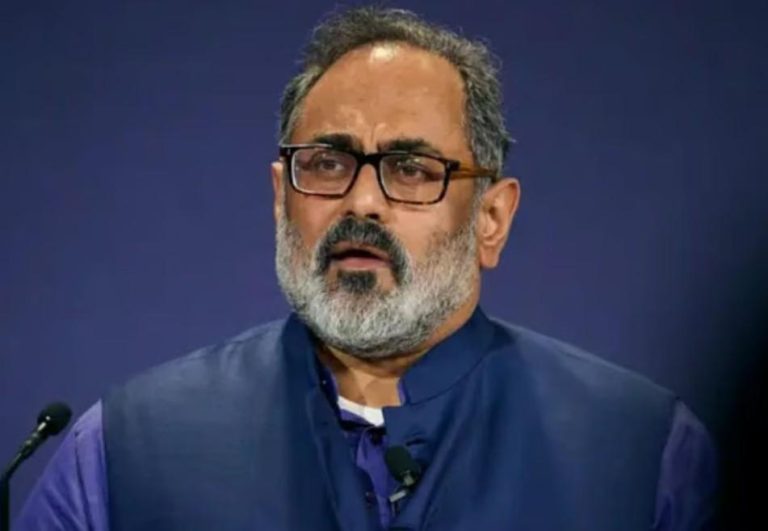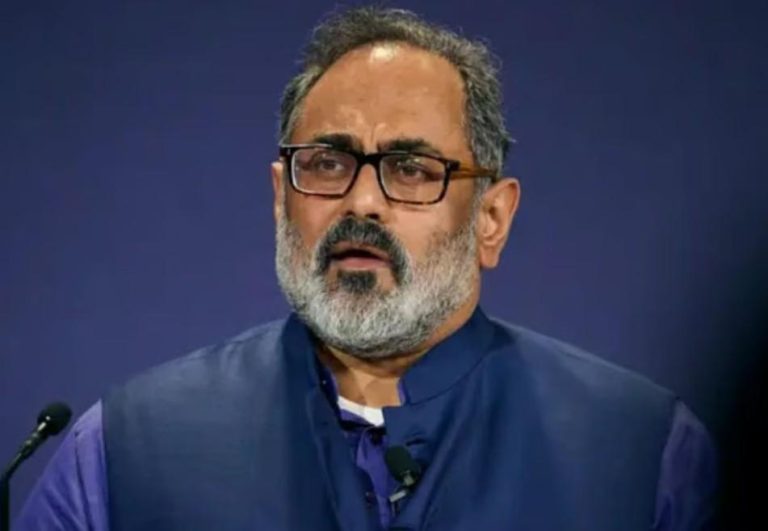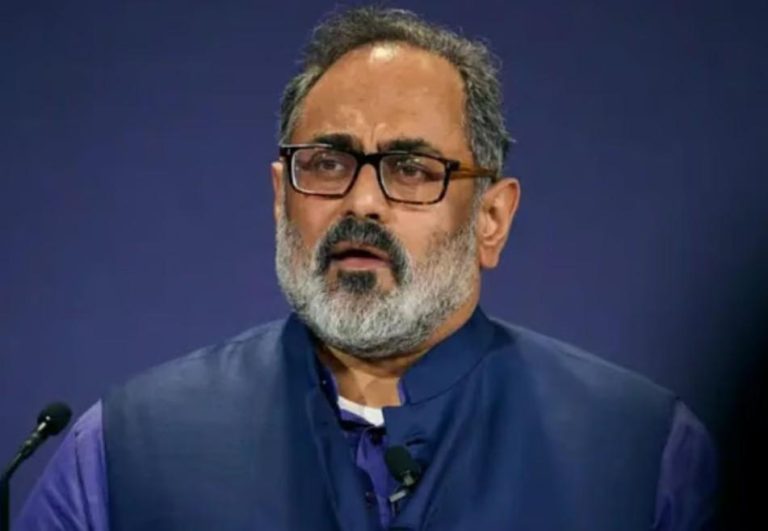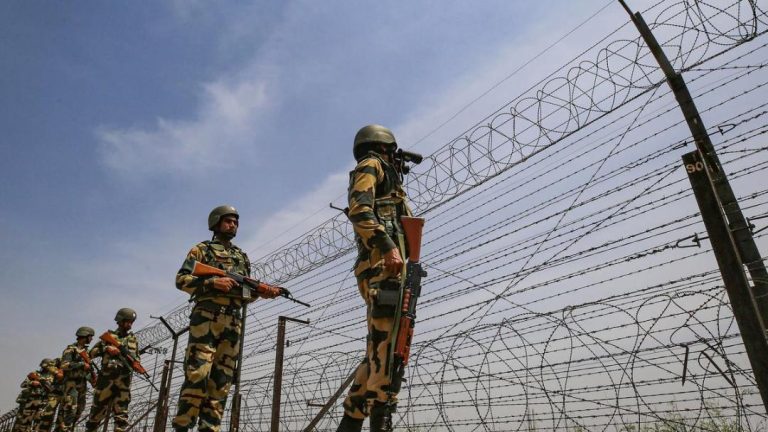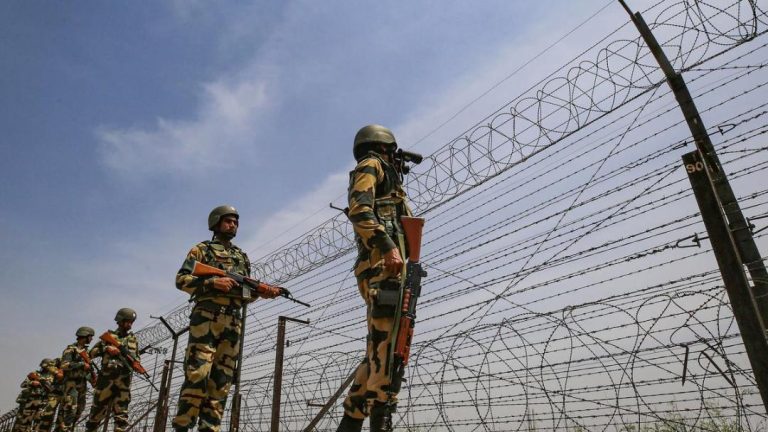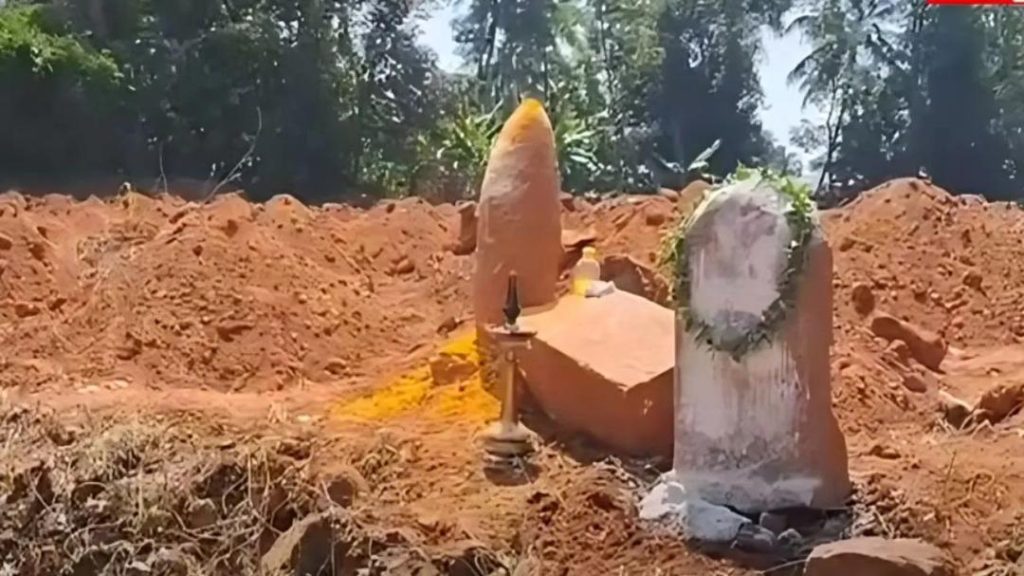
Shivling Found on Kerala Church Land: Communities Discuss Course of Action
In a shocking discovery, a structure resembling a Shivling, a sacred Hindu icon, was unearthed on church land in Pala, Kerala. The find has sent ripples of curiosity and concern across the region, with communities debating the implications and next steps. According to reports, the discovery was made during a tapioca cultivation project on land owned by the Bishop’s House in Pala.
The incident unfolded when a team of laborers was digging the soil for tapioca cultivation on the church land. As they dug deeper, they stumbled upon a hidden treasure trove of ancient relics, including idols, a stone lamp, and other remnants. The most striking find, however, was the structure resembling a Shivling, a sacred symbol in Hinduism.
The discovery has sparked heated discussions among locals, with some calling for the church to hand over the land to the Hindu community. Others have urged caution, emphasizing the need for further investigation and consultation with experts. The BJP has weighed in on the matter, stating that neither the state nor central committee would interfere in the issue. A representative from the Bishop’s House, meanwhile, has indicated that they are awaiting the temple committee’s final decision on the matter.
The Shivling, a sacred icon in Hinduism, is believed to represent the divine energy of Lord Shiva. Its discovery on church land has raised questions about the historical and cultural significance of the site. Some have speculated that the land may have been a sacred site for ancient Hindus, and that the church’s ownership may have been acquired through historical events or circumstances.
The discovery has also sparked concerns about the preservation and protection of the ancient relics. Experts have emphasized the need for proper conservation and restoration measures to ensure the long-term preservation of the artifacts. The Bishop’s House, meanwhile, has expressed a willingness to work with local authorities and experts to determine the best course of action.
The incident has also highlighted the complex and often contentious relationship between Hindus and Christians in Kerala. The state has a long history of communal harmony, with Christians and Hindus living side by side for centuries. However, tensions have risen in recent years, particularly over issues of land ownership and cultural heritage.
The discovery of the Shivling on church land has brought these tensions to the forefront, with some calling for greater recognition and respect for Hindu cultural heritage. Others have emphasized the need for dialogue and cooperation between communities to resolve the issue peacefully.
As the debate continues, the Bishop’s House and local authorities are working to determine the best course of action. The temple committee is expected to play a key role in the decision-making process, with representatives from both the Christian and Hindu communities involved in the discussion.
In the meantime, the discovery of the Shivling has sparked a renewed sense of curiosity and wonder among locals and visitors alike. The ancient relics, once hidden beneath the earth, are now a testament to the rich cultural heritage of Kerala and the importance of preserving our shared cultural past.
